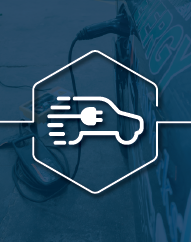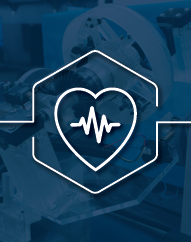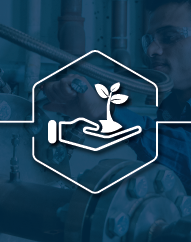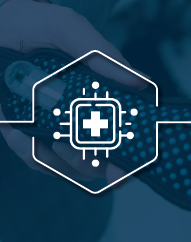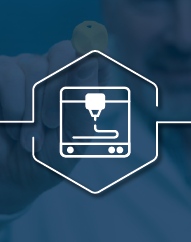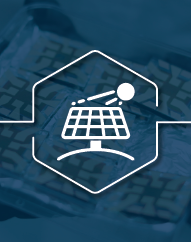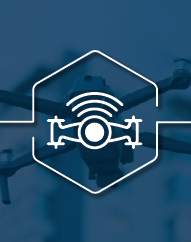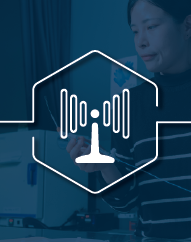New Wearable Device Monitors Joint Pain
Arthroba enables people — and their doctors — to follow their joint health in real time.
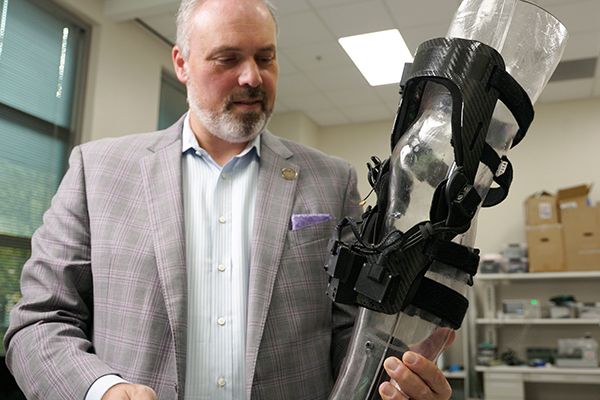
Omer Inan holds an early prototype of Arthroba.
Samer Mabrouk started playing squash as an undergraduate at Georgia Tech. Ankle injuries were to be expected, and resting for a few days was all he needed to get back on the court. Now a research engineer in the School of Electrical and Computer Engineering, Mabrouk hasn’t put his racket down, but he gets injured more often — and rest isn’t enough anymore.
Injuries like Mabrouk’s are common for active Americans. About 25,000 people sprain their ankles daily, and 25% of Americans regularly experience knee pain. But physical therapy is expensive and time-consuming, and online options for rehab aren’t precise enough to be effective. Mabrouk and Omer Inan, Regents’ Entrepreneur and Linda J. and Mark C. Smith Chair in the School of Electrical and Computer Engineering, have been working on a wearable, battery-powered device that monitors joint health and gives personalized strengthening exercises. Inan and Mabrouk’s new company, Arthroba, created a device of the same name that uses electrical sensors to track swelling and tissue damage in the knee, ankle, and other critical joints.
A healthy joint has a delicate balance of fluid between bone, tendons, ligaments, and cartilage — too little fluid can lead to arthritis and stiffness, while too much indicates swelling. When the fluid balance is off, people often experience pain and mobility problems. Arthroba uses bioimpedance analysis, or electrical sensing of the tissue, to determine if there is swelling or damage around a joint and if there is enough soft tissue to support the joint.
“People want to keep playing tennis or pickleball without a lot of knee pain, injury, or risk. Arthroba could be key to that.” —Omer Inan
“Impedance is how much something impedes — or slows down — electrical current through that material,” Inan noted. “Bioimpedance looks at how much the electrical current is impeded as it flows through the body.”
When the composition of joint tissue changes because of swelling or injury, it can block that current. Arthroba uses four dry electrodes placed around the knee to quantify accumulated fluid and how it moves around the joint, allowing for more targeted physical therapy. The device can also evaluate and detect swelling and muscle tears, and it contains an inertial measurement unit that tracks the acceleration, rotation, and velocity of the joint. Together, they can unlock new insights into joint health and optimize treatment protocols.
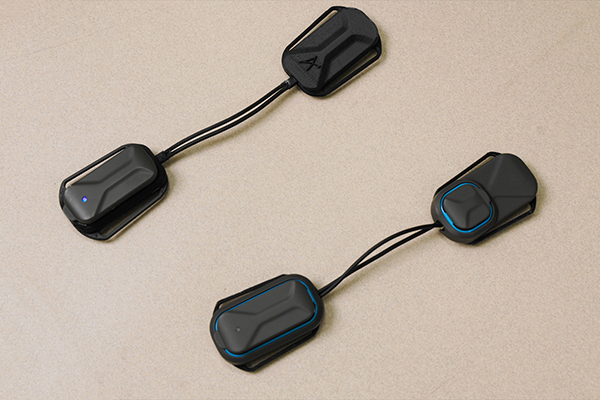
Arthroba is a lightweight, battery-powered device that can be easily worn around the knee.
Users can run the device during rehab exercises to avoid overuse. With its objective sensing, Arthroba can adjust therapy protocols in a personalized manner normally only achievable through frequent in-person assessments from highly trained therapists.
“Arthroba is comparable to body mass composition scales, but we measure a confined piece of your tissue,” Mabrouk said. “The changes we can see through the app correlate to many symptoms physiotherapists measure to recommend exercises.”
This data gets sent via Bluetooth to a mobile app that uses artificial intelligence to give exercise recommendations. Medical professionals can also use the data to design recovery processes.
Inan and Mabrouk have been working on this technology for years through grants from the Defense Advanced Research Projects Agency and the National Institutes of Health. Although Arthroba is designed for knee monitoring, the researchers have also worked with Georgia Tech baseball players on elbow-joint injuries, as well as patients with juvenile arthritis. They envision the technology being used not only for injury but also for preventive care. The work has multiple patents and is also a startup enabling everyday people to wear Arthroba like a smartwatch.
“People want to keep playing tennis or pickleball without a lot of knee pain, injury, or risk,” Inan said. “Arthroba could be key to that.”

Writer and Media Contact: Tess Malone | tess.malone@gatech.edu
Photos and Video: Christopher McKenney
Copy Editor: Stacy Braukman
Design: Josie Giles
Series Design: Stephanie Stephens
About Georgia Tech Commercialization
Georgia Tech Commercialization provides a foundation for faculty seeking to translate the Institute's leading-edge research into real-world applications. Commercialization encompasses four pivotal units: CREATE-X, VentureLab, Quadrant-i, and Technology Licensing. These units empower students and faculty to launch startups, provide comprehensive commercialization support, manage intellectual property, and facilitate the transformation of research into viable businesses. The Office of Commercialization’s mission is to provide world-class commercialization services, catalyzing research and innovation to improve the human condition, and enhancing Georgia Tech's position as a leader in technology and entrepreneurial impact.
Paradigm Shifters Series
New Smart Charger May Pave the Way for More EVs
The revolutionary system allows for cheaper, carbon-free charging and aims to reduce the burden on the electric grid as more EVs enter the roadway.
World’s Smallest Robotic Guidewire Improves Surgical Precision
The robot is a groundbreaking surgical device that helps doctors navigate blood vessels with precision during procedures like angioplasty.
Researchers Create a Low-Emission, Fuel-Flexible Combustion System
This new combustor uses carbon-free fuels that will power planes and heat buildings.
New Wearable Device Monitors Joint Pain
Arthroba enables everyday people and their doctors to follow their joint health in real time.
New Implant May Help Patients Regenerate Their Own Heart Valves
Georgia Tech researchers have developed a groundbreaking 3D-printed, bioresorbable heart valve that promotes tissue regeneration.
Researchers Build Stable Solar Panel Without Silicon
Solar power as an electricity source is growing in the U.S., but scientists are still trying to make the solar panel production process more efficient.
Startup Targets Building Energy Inefficiencies With AI and Drones
Lamarr.AI uses drones, AI, and thermal imaging to identify energy inefficiencies in buildings, offering a faster, safer, and more accurate solution.
This Pacifier Could Monitor Babies’ Vitals in the NICU
The baby-friendly device measures electrolyte levels in real time, eliminating the need for repeated, painful blood draws.
This Small Sensor Could Make Huge Impacts on Brain Injury Treatment
Researchers develop a tinier sensor for less invasive intracranial monitoring.

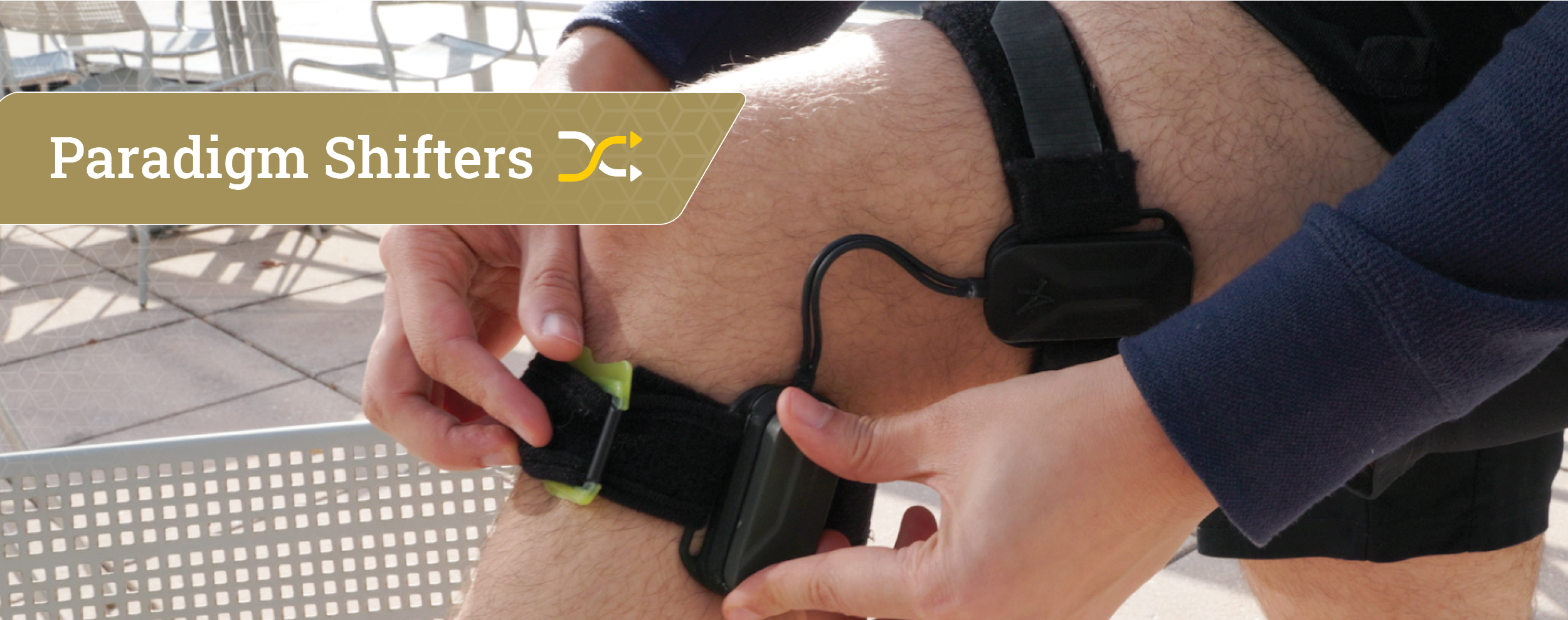
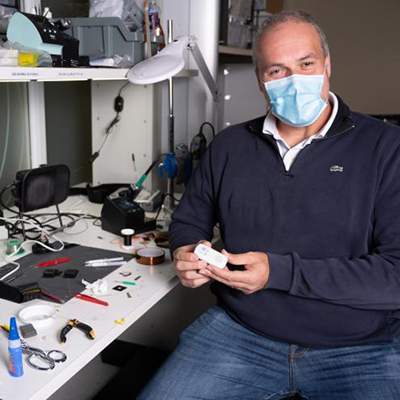 Research from Georgia Tech and Emory University Leads to FDA Breakthrough Designation for New PTSD Treatment
Research from Georgia Tech and Emory University Leads to FDA Breakthrough Designation for New PTSD Treatment 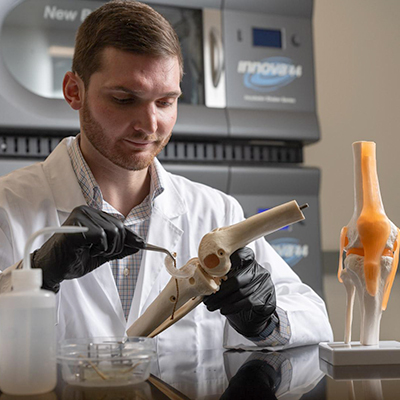 Tech Alum Launches Meniscus Implant Startup
Tech Alum Launches Meniscus Implant Startup 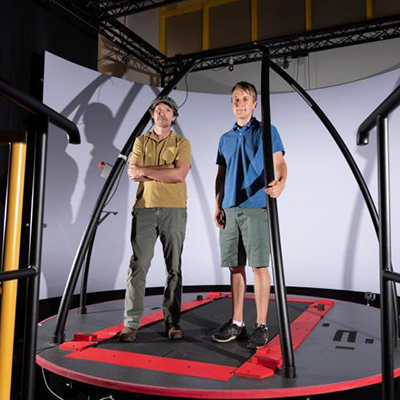 A New Framework for Measuring Stability During Walking
A New Framework for Measuring Stability During Walking